Your Google Ads campaigns are live, but are they truly optimized for profit? For many small businesses, the landscape of paid search is a complex and ever-changing battlefield. The crucial difference between a campaign that drains your budget and one that delivers a steady stream of customers lies in the details. Manually adjusting bids, writing generic ad copy, and ignoring new platform updates is a recipe for falling behind. Every click you pay for is an investment, and without the right strategy, that investment can yield zero return.
This guide gets straight to the point. We've compiled a list of the most valuable data, tips, and explanations for small businesses using the Google Ads ecosystem. These insights are designed to close the gap between your ad spend and your sales results. Instead of just running ads, you'll learn how to leverage platform updates, bidding strategies, and conversion tracking to make every dollar count. You’ll learn how to stop wasting money on irrelevant clicks and ensure your budget is laser-focused on acquiring high-intent customers.
We will dive into a curated selection of actionable advice, from understanding Performance Max to mastering offline conversion tracking. Each tip is built for practical application and includes:
- Honest assessments of new features and their impact on small business workflows.
- Real-world use cases to show how to apply these tips to your campaigns.
- Data points to give you a clear understanding of why these changes matter.
- Direct links to explore official resources further.
Our goal is to help you find the right strategies to maximize your Google Ads ROI by turning clicks into customers, faster and more efficiently. Let's get started.
1. Master Google Ads Lead Form Extensions for Instant Engagement
Lead form extensions are a critical tool for any small business focused on Google Ads lead generation. They allow users to submit their contact information directly within the ad on the search results page, removing the friction of visiting a landing page. This streamlined process often leads to a higher conversion rate, especially on mobile devices. However, the biggest challenge is speed. A lead's value decays exponentially; a study by LeadResponseManagement.org found that contacting a lead within 5 minutes increases the chance of qualifying them by 21 times compared to contacting them after 30 minutes.
The default process requires you to manually log into your Google Ads account and download a CSV file of your leads. This delay can be the difference between closing a sale and losing the prospect to a competitor who responded faster.
Why This Is a Game-Changer
For small businesses, every lead is valuable. Automating the delivery of lead form data is non-negotiable. Tools exist that can instantly forward these leads to your email or sales team's inbox the moment they are submitted. This allows for immediate follow-up when the prospect's intent is at its absolute peak.
For any Google Ads consultant or agency, demonstrating this level of responsiveness provides immediate, tangible value to clients. It transforms a passive lead collection process into an active sales engagement system. Furthermore, using a system that doesn't store lead data can be a key differentiator, helping businesses maintain data privacy and compliance.
Core Features & Practical Use Case
Key Actions:
- Implement Lead Form Extensions: Add them to your Search, YouTube, and Discovery campaigns.
- Automate Lead Delivery: Use a webhook or a dedicated tool like Pushmylead to send leads to your email in real-time.
- Set a Follow-Up SLA: Establish a service-level agreement with your sales team to contact every new lead within 5 minutes.
- Track Lead Quality: Monitor the quality of leads from forms vs. landing pages to optimize your strategy.
Practical Use Case:
Imagine a local plumbing business running a Google Ads campaign for "emergency leak repair." A homeowner sees the ad and submits their details via the lead form. Without automation, the lead might sit for hours. With an automated system, the on-call plumber gets an email instantly and calls the homeowner back in under two minutes. This immediate response not only secures the job but also builds trust and prevents the customer from calling another service.
| Tip Analysis | Impact | Best For |
|---|---|---|
| Response Speed | Excellent | Service-based businesses & high-intent keywords. |
| Ease of Use | Excellent | Advertisers needing a quick way to boost lead volume. |
| Integration | Limited | Requires a webhook or third-party tool for automation. |
| ROI Impact | Excellent | Directly links ad spend to immediate sales opportunities. |
Pros:
- Dramatically improves lead response time.
- Reduces friction for users, increasing conversion rates.
- Captures leads who might not click through to a website.
- Provides immediate, actionable data for sales teams.
Cons:
- Requires automation to be effective.
- Lead quality can sometimes be lower than landing page leads.
Website: https://www.pushmylead.com
2. Leverage Performance Max (PMax) Campaigns Wisely
Performance Max is Google's all-in-one, AI-driven campaign type that serves ads across all Google properties (Search, Display, YouTube, Gmail, Discover, Maps) from a single campaign. For small businesses, it promises simplified management and broader reach. According to Google, advertisers who switch from Smart Shopping to PMax see an average 12% increase in conversion value at the same ROAS.
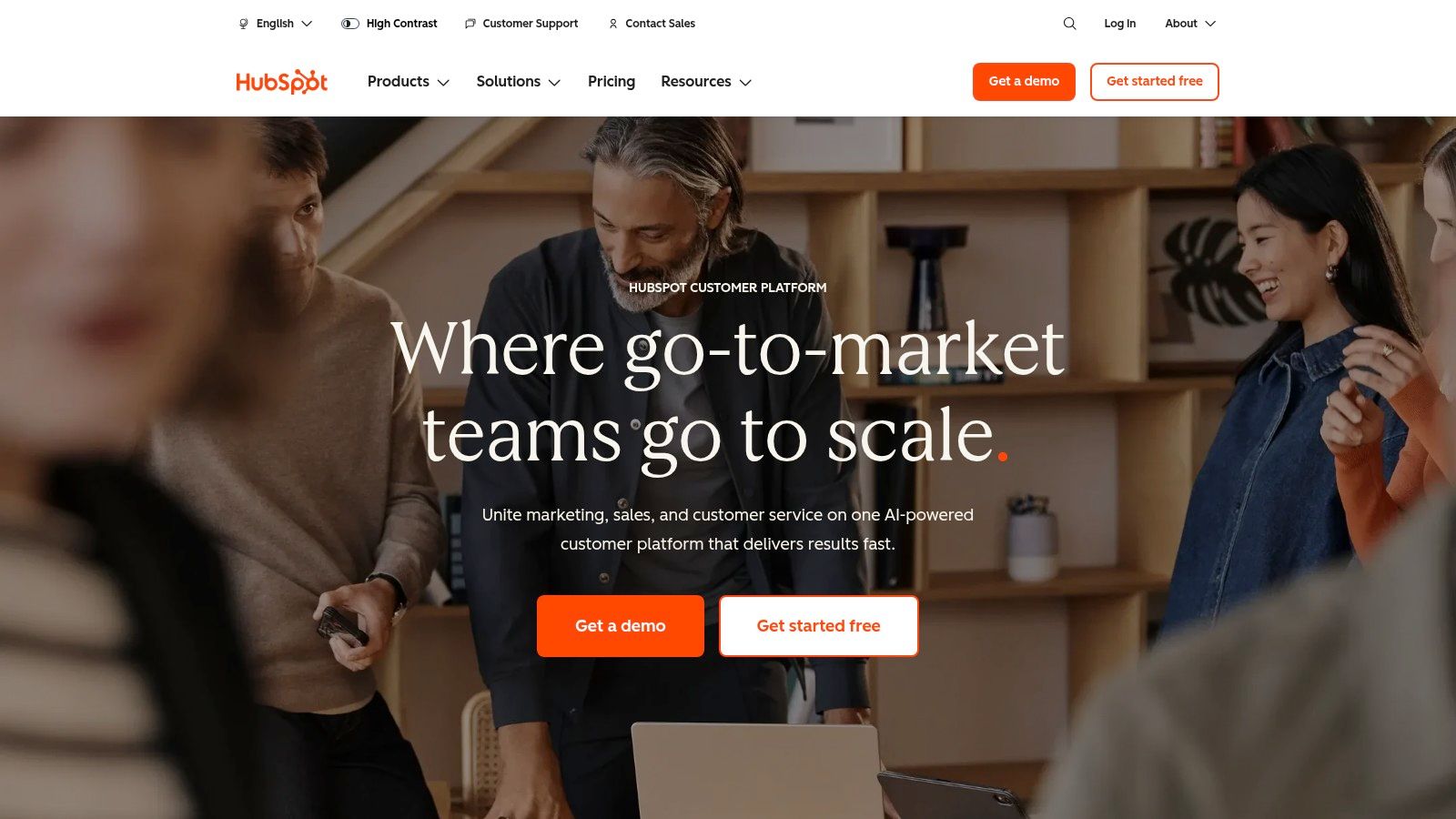
However, PMax is often a "black box," offering limited control and data transparency. To use it effectively, small businesses must provide high-quality "signals" to guide the AI. This includes uploading your customer lists, creating detailed audience segments, and providing a full range of creative assets (images, videos, logos, and text). Without strong signals, the algorithm may target the wrong audience, wasting your budget.
Key Considerations
- Best For: E-commerce businesses with a product feed and lead generation businesses with clear conversion actions and strong audience signals.
- Actionable Tip: Use "Audience Signals" to their full potential. Don't just rely on keywords; upload your existing customer lists and create custom segments based on website visitors and competitor website visitors.
- Unique Feature: Asset group reporting. Constantly monitor the performance of your headlines, descriptions, and images, replacing "Low" performing assets with new variations to improve campaign effectiveness.
Our Take: PMax can be a powerful tool, but it's not a "set it and forget it" solution. Success depends on feeding the algorithm high-quality data. Start with a modest budget and carefully analyze the placement and performance reports to ensure it's aligning with your business goals. For further reading, many free CRM for small business options can help you organize customer lists for upload.
Website: https://www.hubspot.com/
3. Implement Enhanced Conversions for Deeper Insights
Enhanced Conversions is a Google Ads feature that improves the accuracy of your conversion measurement. It securely sends hashed first-party customer data (like email addresses) from your website to Google. This data is then used to match against signed-in Google accounts to attribute conversions that might otherwise be missed due to browser restrictions or cross-device journeys.
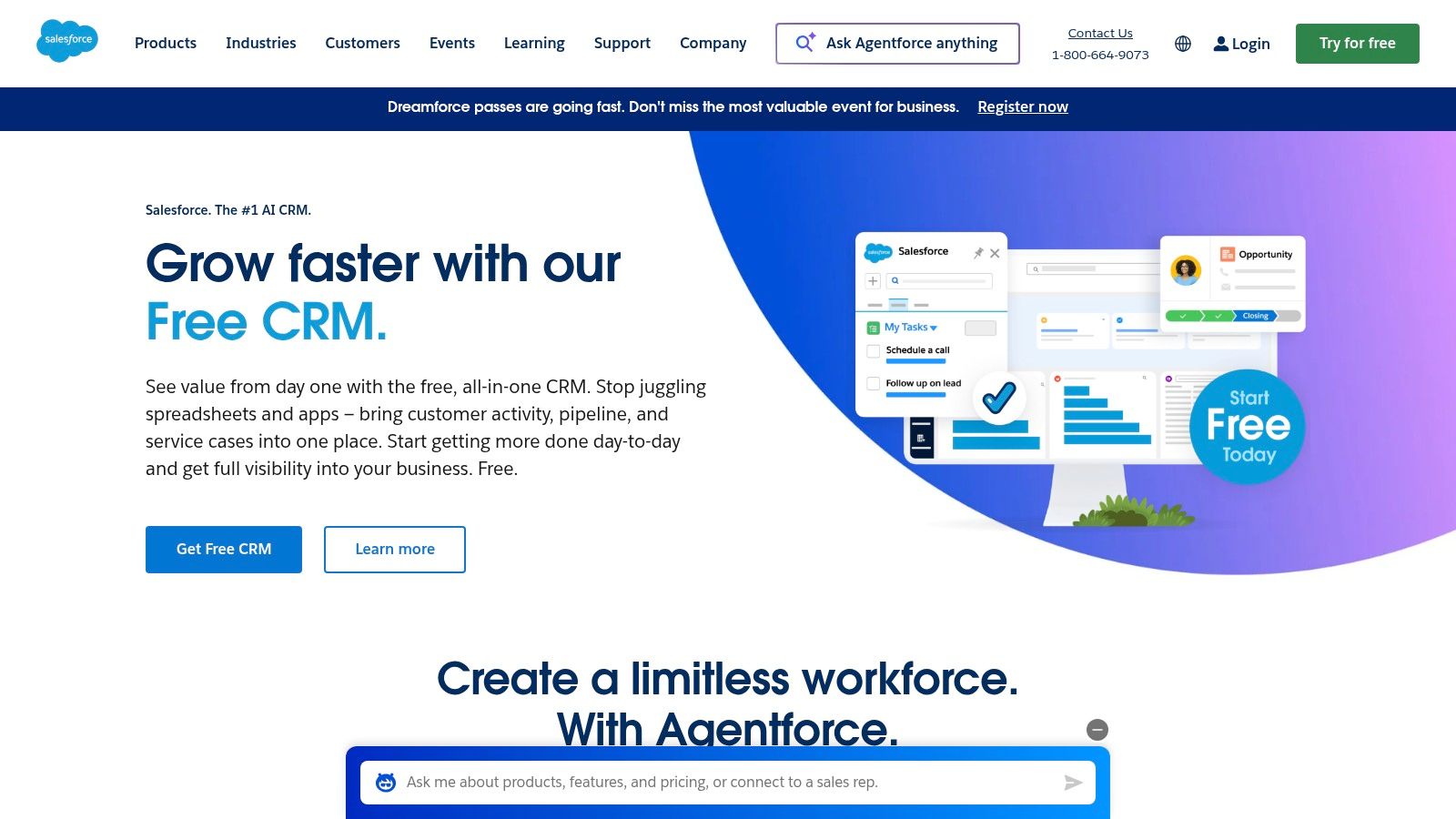
In the post-cookie world, traditional tracking is becoming less reliable. For a small business, this means the reported ROI of your Google Ads campaigns could be understated. Implementing Enhanced Conversions helps close this data gap, giving Google's Smart Bidding algorithms more accurate data to work with. This leads to better optimization, as the system can more accurately identify which clicks are leading to valuable customer actions.
Key Considerations
- Best For: Any small business collecting customer information on their website (e.g., through a contact form, newsletter signup, or purchase).
- Actionable Tip: Set up Enhanced Conversions through Google Tag Manager. It offers the most flexible implementation. Ensure you update your privacy policy to inform users about how their data is being used for measurement.
- Unique Feature: It works to recover "lost" conversions. If a user clicks an ad on their work laptop but converts on their mobile phone later, Enhanced Conversions can help connect those two events, giving you a more complete picture of your ad performance.
Our Take: Enhanced Conversions is no longer a "nice to have"; it's a foundational element of modern Google Ads tracking. It future-proofs your conversion data and gives Smart Bidding the fuel it needs to perform optimally.
Website: https://www.salesforce.com/
4. Upload Offline Conversion Data to Optimize for Real Sales
What happens after a lead is generated? For many small businesses, the trail goes cold. A lead might be marked as a "conversion" in Google Ads, but you don't know if that lead ever turned into a paying customer. Offline Conversion Tracking (OCT) solves this by allowing you to upload data from your CRM back into Google Ads. You can tell Google exactly which leads (identified by their GCLID – Google Click Identifier) resulted in a qualified appointment or a final sale, and even include the revenue value.
This is a game-changer for businesses with longer sales cycles. By feeding this sales data back to Google, you can optimize your campaigns not just for lead volume, but for actual revenue. Smart Bidding strategies like Target ROAS (Return on Ad Spend) can then prioritize showing your ads to users who are not just likely to fill out a form, but who resemble your most profitable customers.
Key Considerations
- Best For: Service-based businesses, B2B companies, and any advertiser where the final sale happens offline (e.g., over the phone, in person).
- Actionable Tip: Ensure your website forms capture the GCLID in a hidden field. This is the key that connects the ad click to the lead in your CRM. Many CRMs, like Zoho or Salesforce, have direct integrations to automate this process.
- Unique Feature: It allows you to value different stages of your sales funnel. You can import a "Qualified Lead" conversion worth $50 and a "Closed Deal" conversion worth $1,000, giving Google's AI a nuanced understanding of lead quality.
Our Take: If you're not using Offline Conversion Tracking, you're optimizing for the wrong metric. Focusing on lead volume alone can lead to high-cost, low-quality leads. OCT aligns your ad spend with your ultimate business goal: generating revenue. It's a must-have for any serious lead generation campaign.
Website: https://www.zoho.com/crm/
5. Focus on Broad Match Keywords with Smart Bidding
For years, PPC best practice was to use restrictive match types like phrase and exact match to control spending. However, with the evolution of Google's AI and Smart Bidding, this advice has changed. Google's official recommendation is now to pair Broad Match keywords with a smart bidding strategy like Target CPA or Maximize Conversions.
The logic is that Broad Match allows Google to consider a wider range of signals beyond just the keyword text—such as the user's search history, device, location, and the landing page content—to determine if a search query is relevant. This uncovers new, profitable queries you might have missed. According to Google, advertisers who switch from phrase match to broad match in campaigns using Target CPA can see an average of 35% more conversions.
Key Considerations
- Best For: Advertisers with established conversion tracking and a sufficient volume of conversion data (Google recommends at least 30 conversions in the last 30 days).
- Actionable Tip: Don't switch all keywords to broad match at once. Test it in one campaign first. Combine it with a clear list of negative keywords to prevent your ads from showing for completely irrelevant terms.
- Unique Feature: It adapts to new search behaviors in real-time. Since 15% of Google searches every day are new, broad match helps you capture this emerging demand without having to constantly research and add new keywords.
Our Take: Trusting Broad Match can feel daunting, but it's essential for scaling your campaigns in the modern Google Ads ecosystem. The key is to have rock-solid conversion tracking and to let the data, not your gut, guide the bidding.
Website: https://www.pipedrive.com/
6. Utilize Value-Based Bidding for Smarter Optimization
Not all conversions are created equal. A lead requesting a demo for your most expensive service is far more valuable than someone downloading a free whitepaper. Value-Based Bidding (VBB) strategies, such as Maximize Conversion Value or Target ROAS, allow you to communicate this difference to Google. By assigning dynamic or static values to your conversion actions, you tell the algorithm to prioritize users who are likely to generate more revenue for your business.
For an e-commerce store, this is straightforward—the value is the product price. For lead generation, this requires a bit more work. You need to calculate the approximate value of a lead based on your close rates and average customer lifetime value. For example, if 1 in 10 leads becomes a customer with an average value of $1,000, then each lead is worth $100. Passing this value to Google Ads transforms your campaign optimization from chasing volume to chasing profit.
Key Considerations
- Best For: E-commerce businesses and lead generation advertisers who can assign a monetary value to their conversion actions.
- Actionable Tip: If you can't assign dynamic values, start with static ones. Create different conversion actions in Google Ads for different types of leads (e.g., "Contact Us" vs. "Demo Request") and assign a higher value to the one that is further down the funnel.
- Unique Feature: It directly aligns your advertising goals with your business's financial objectives, moving the conversation from "How many leads did we get?" to "How much revenue did our ads generate?"
Our Take: Value-Based Bidding is the pinnacle of Smart Bidding. It is the most direct way to ensure your ad spend is being allocated in the most profitable way possible. Making the shift from CPA-based bidding to ROAS-based bidding is a sign of a mature and sophisticated Google Ads account.
Website: https://www.freshworks.com/crm/
7. Create Data-Driven Responsive Search Ads (RSAs)
Since June 2022, Responsive Search Ads (RSAs) have been the only Search ad type you can create. With RSAs, you provide up to 15 headlines and 4 descriptions, and Google's AI mixes and matches them to create the best ad combination for each individual search query. The key to success is providing diverse, high-quality assets for the algorithm to work with.
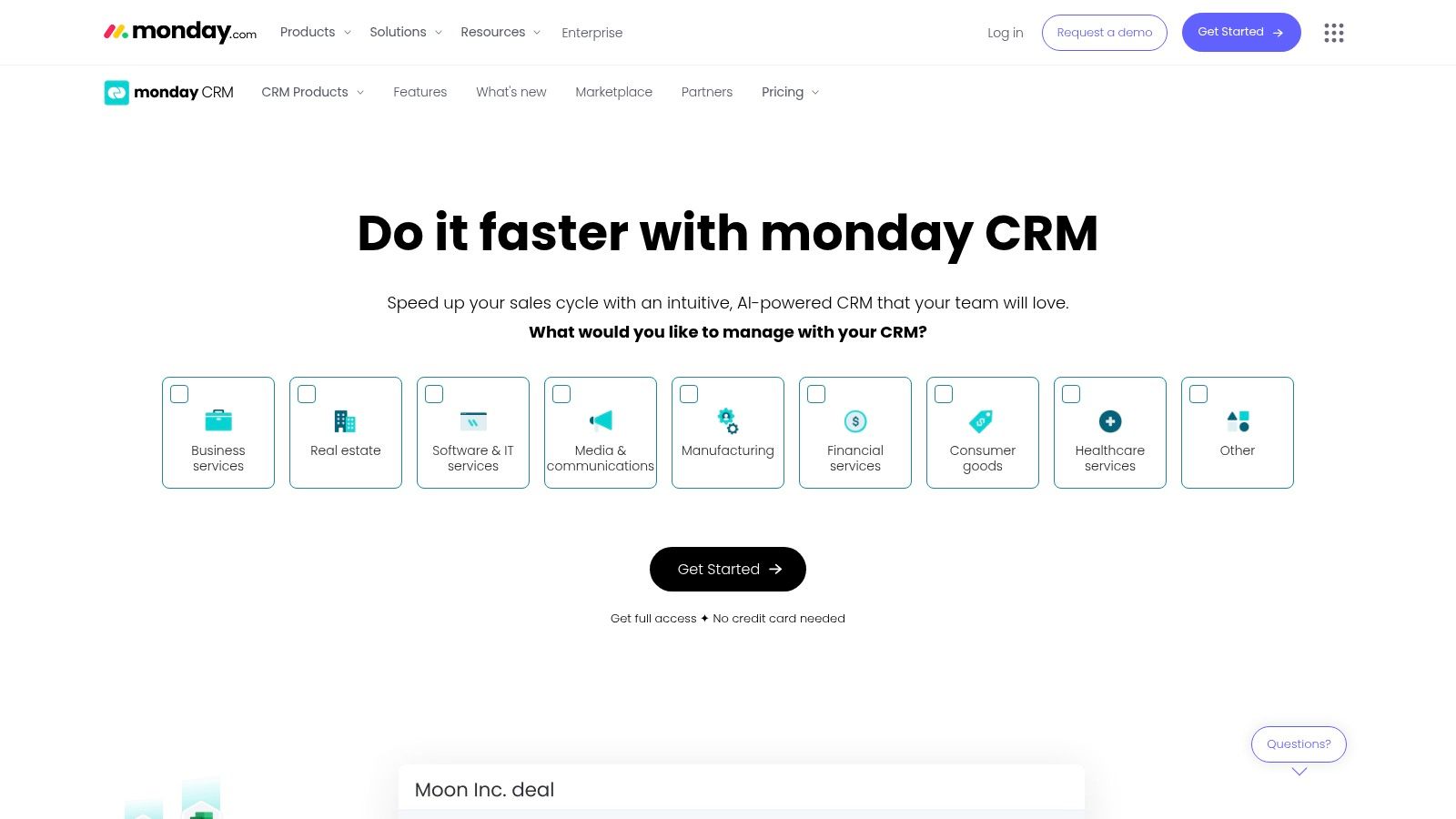
Don't just fill the slots with slight variations of the same message. Instead, think in terms of themes. Include headlines that focus on:
- Features: "24/7 Emergency Service"
- Benefits: "Peace of Mind, Guaranteed"
- Call to Action: "Get a Free Quote Now"
- Social Proof: "Trusted by 500+ Local Families"
- Keywords: "Plumbing Repair in [City]"
Regularly check your "Ad strength" metric and the asset performance report. Replace "Low" performing assets with new creative to continuously improve your ads.
Key Considerations
- Best For: All advertisers running Search campaigns.
- Actionable Tip: Use the "pinning" feature sparingly. Pinning a headline or description to a specific position gives you more control but reduces the number of combinations Google can test, which can hinder performance. Only pin assets when legally required (e.g., for disclaimers).
- Unique Feature: The ad strength score provides real-time feedback on the quality and diversity of your assets, guiding you toward creating more effective ads before you even launch them.
Our Take: Writing effective RSAs is an art and a science. It's about giving the machine enough high-quality, diverse creative material to find the winning combinations. A well-crafted RSA can significantly lift your click-through rates and quality scores.
Website: https://monday.com/crm/
8. Monitor Search Terms Report for Negative Keywords and New Ideas
Even with the rise of AI and automation, the Search Terms Report remains one of the most valuable tools in Google Ads. This report shows you the actual search queries that triggered your ads. It's a goldmine of information for any small business. Regularly reviewing this report allows you to do two critical things:
- Find Negative Keywords: Identify irrelevant queries that are wasting your budget. If you sell "designer glasses," you'll want to add "drinking" as a negative keyword to avoid showing up for searches like "drinking glasses."
- Discover New Keyword Ideas: Find high-intent, relevant search terms that you hadn't thought of, which you can then add to your keyword lists.
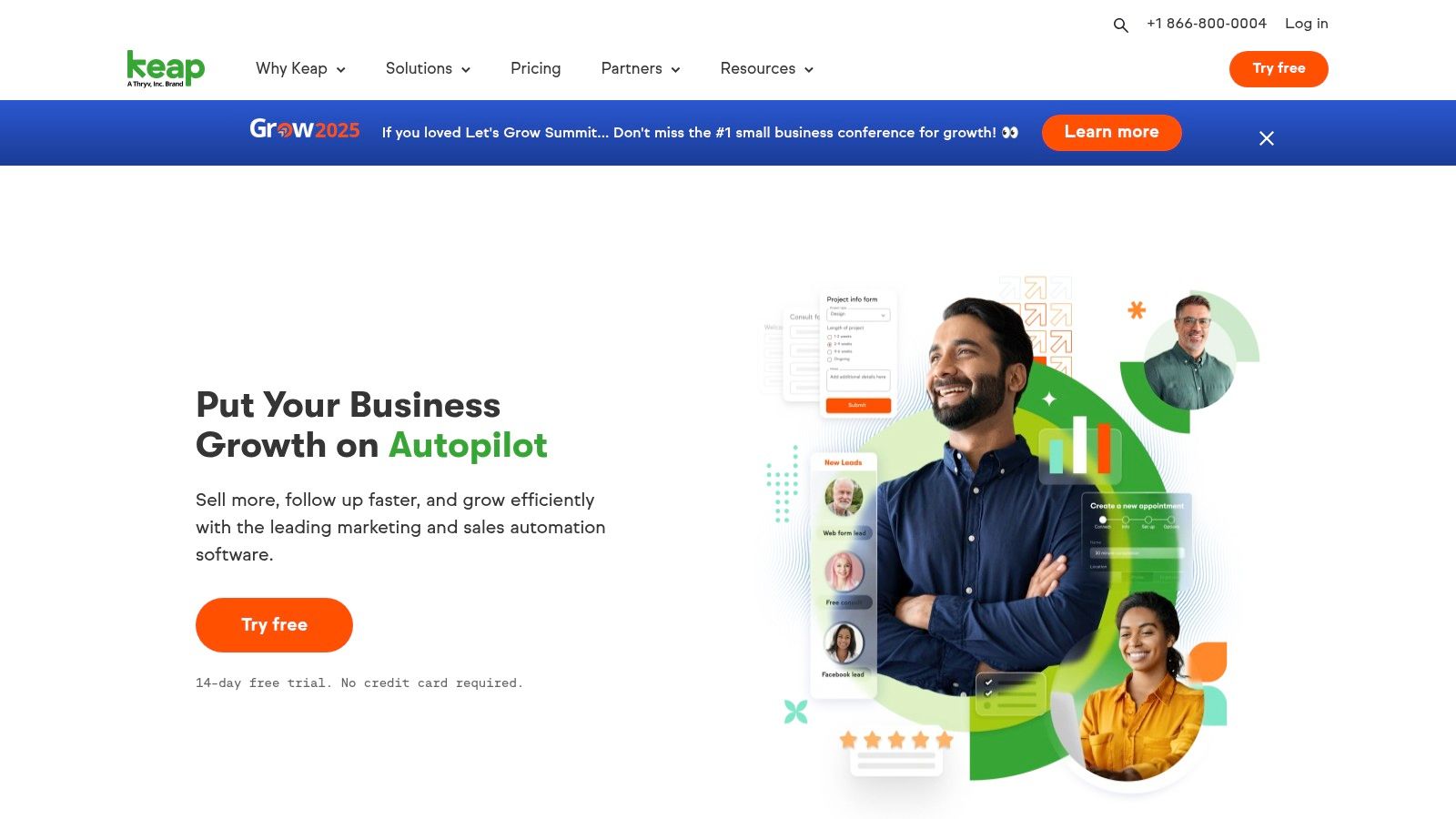
While Google has limited the data shown in this report for privacy reasons, it's still an essential part of regular account maintenance. A clean negative keyword list is crucial for maintaining a high Quality Score and a healthy return on investment.
Key Considerations
- Best For: All advertisers, especially those using Broad Match keywords.
- Actionable Tip: Schedule a weekly or bi-weekly review of the Search Terms Report. Sort by impressions or clicks to focus on the queries with the most traffic. Use filters to quickly find terms containing words like "free," "jobs," or "DIY" that may indicate low purchase intent.
- Unique Feature: It provides direct insight into your customers' language and intent, which can inform not just your PPC strategy but also your SEO and content marketing efforts.
Our Take: Don't let automation make you lazy. Proactive management of your Search Terms Report is a fundamental discipline that separates successful advertisers from those who waste their budget on irrelevant clicks.
Website: https://keap.com/
9. Understand and Set Realistic Bidding Targets
Smart Bidding is powerful, but it's not magic. It operates based on the targets you set. Setting an unrealistic Target CPA (Cost Per Acquisition) or Target ROAS (Return on Ad Spend) is a common mistake that can stifle your campaign performance. If your historical data shows that your average CPA is $50, setting a Target CPA of $10 will likely cause your impressions and clicks to plummet, as Google's algorithm won't be able to find conversions at that price.
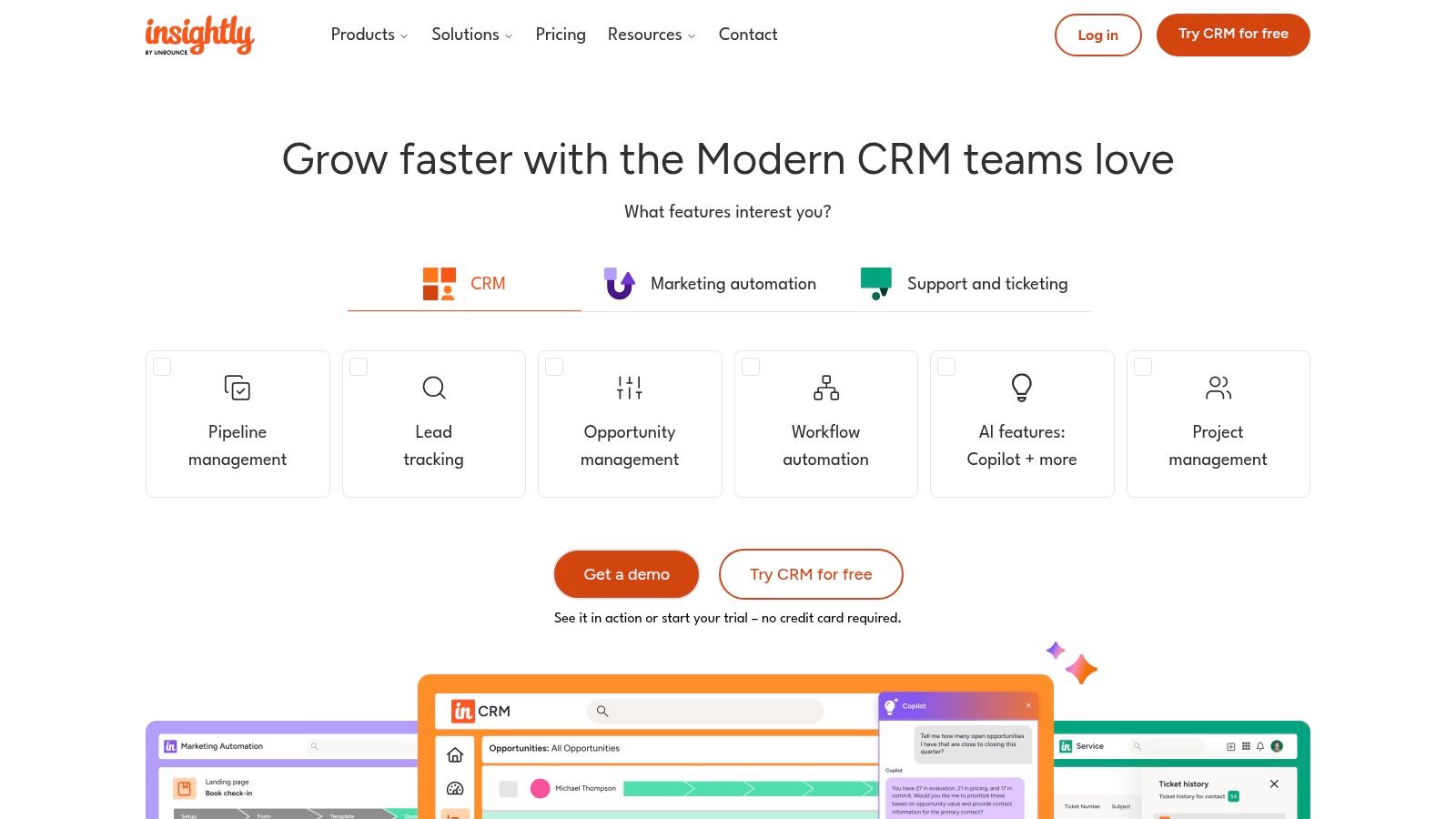
When launching a new campaign with a target-based bidding strategy, it's best to start with a realistic target based on your past performance or industry benchmarks. If you don't have this data, start with a "Maximize Conversions" or "Maximize Conversion Value" strategy without a target. After a few weeks of data accumulation, Google will often recommend a target CPA or ROAS based on the campaign's actual performance. You can then switch to a target-based strategy and gradually adjust the target to improve efficiency.
Key Considerations
- Best For: Advertisers using Target CPA or Target ROAS bidding strategies.
- Actionable Tip: When adjusting your targets, make small, incremental changes (e.g., 10-15% at a time) and wait at least a week to evaluate the impact. Drastic changes can shock the algorithm and lead to volatile performance.
- Unique Feature: Google's Bid Strategy Report. This report shows you how your campaign is performing against its target and provides insights into why performance may have changed.
Our Take: Your bidding targets are the instructions you give to Google's AI. Unclear or unrealistic instructions will lead to poor results. Base your targets on data, be patient, and make gradual adjustments.
Website: https://www.insightly.com/
10. Improve Your Quality Score Through Ad Relevance and Landing Page Experience
Quality Score is Google's rating of the quality and relevance of your keywords, ads, and landing pages. It's a critical metric that directly impacts your ad rank and how much you pay per click. A higher Quality Score means you can achieve a better ad position at a lower cost than your competitors. It's composed of three main factors:
- Expected Click-Through Rate (CTR): How likely your ad is to be clicked.
- Ad Relevance: How closely your ad matches the user's search query.
- Landing Page Experience: How relevant, useful, and user-friendly your landing page is.
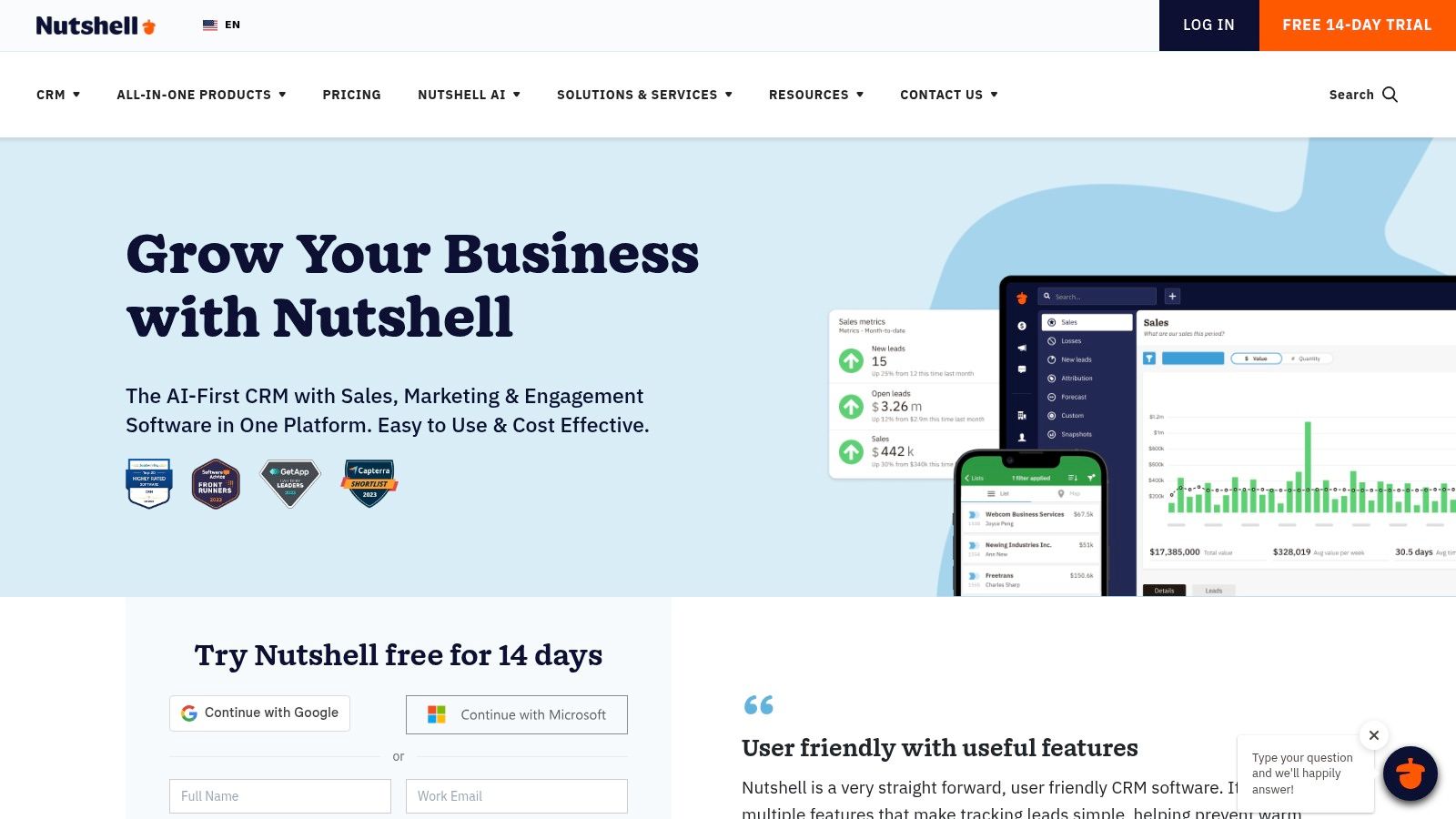
For small businesses, improving Quality Score is one of the most effective ways to stretch a limited budget. Focus on creating tightly-themed ad groups where your keywords, ad copy, and landing page content are all closely aligned. A user searching for "red running shoes" should see an ad that mentions "red running shoes" and be taken to a page that exclusively features red running shoes. This seamless user experience is what Google rewards.
Key Considerations
- Best For: All Google Ads advertisers, especially those with limited budgets.
- Actionable Tip: Use Google's PageSpeed Insights to test your landing page load time. A slow-loading page is a major contributor to a poor landing page experience score. Also, ensure your landing page is mobile-friendly, as the majority of Google searches happen on mobile devices.
- Unique Feature: Quality Score is diagnosed at the keyword level, allowing you to identify and work on the specific keywords that are pulling down your account performance.
Our Take: Quality Score is Google's way of telling you if you're providing a good experience for its users. Don't ignore it. A high Quality Score is a sign of a healthy, efficient, and profitable campaign.
Website: https://www.nutshell.com/
11. Utilize a "Hub and Spoke" Campaign Structure
A common mistake for small businesses is to lump all their keywords into one or two campaigns. A "Hub and Spoke" model provides a more organized and effective structure.
- The Hub: A central Performance Max campaign designed to capture broad demand and leverage Google's automation across all channels.
- The Spokes: Several highly-focused Search campaigns, each targeting a specific product, service, or theme. These campaigns give you granular control over your most important keywords and ad copy.
This structure allows you to get the best of both worlds: the broad reach and automation of PMax and the precision control of traditional Search campaigns. You can use the Search campaigns to ensure you always show your most tailored ad for your highest-value search terms, while PMax works to find new conversion opportunities you might have missed.
Key Considerations
- Best For: Businesses with multiple products or services that want to combine the power of automation with granular control.
- Actionable Tip: Add the keywords from your "Spoke" Search campaigns as negative keywords to your "Hub" PMax campaign. This prevents PMax from cannibalizing traffic from your highly-controlled Search campaigns.
- Unique Feature: This structure provides a clear framework for budget allocation. You can dedicate a portion of your budget to the reliable performance of your core Search campaigns and another portion to the exploratory and scaling power of PMax.
Our Take: Campaign structure is the foundation of a successful Google Ads account. The "Hub and Spoke" model is a modern approach that embraces automation without sacrificing control, making it ideal for today's Google Ads ecosystem.
Website: https://www.zendesk.com/sell/
12. Stay Informed with Official Google Ads Resources
The Google Ads platform is constantly evolving. New features are released, old ones are sunset, and best practices change. Staying up-to-date is not just recommended; it's essential for survival and success. Small business owners and marketers should make it a habit to follow official Google channels for the latest news and updates.
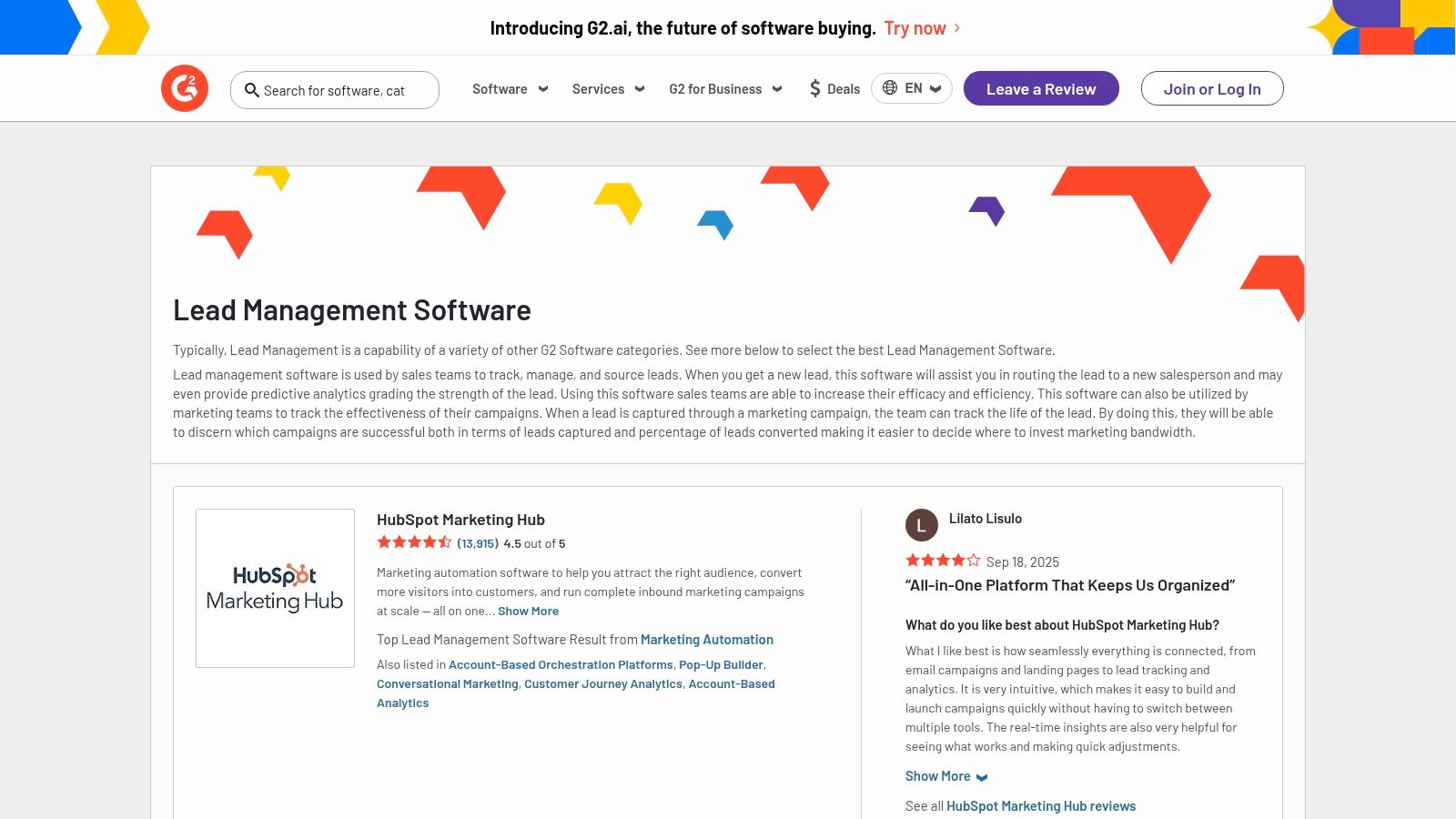
The most important resources include:
- The Official Google Ads Blog: This is where major announcements about new features, policy changes, and case studies are published.
- Google Skillshop: Google's free online training platform where you can learn about every aspect of the platform and even get certified.
- Think with Google: A resource that provides high-level insights, consumer trends, and marketing research backed by Google's data.
Key Considerations
- Best For: All Google Ads users, from beginners to experts.
- Actionable Tip: Set up a Google Alert for "Google Ads updates" or subscribe to a reputable PPC newsletter. This will deliver the most important news directly to your inbox, saving you the time of having to actively search for it.
- Unique Feature: The "Notifications" bell icon within your Google Ads account often provides tailored recommendations and alerts about new features that are relevant to your specific campaigns.
Our Take: In the world of digital marketing, ignorance is expensive. Dedicating even 30 minutes a week to staying informed about the Google Ads ecosystem can give you a significant competitive advantage and prevent you from being caught off guard by a major platform change.
Website: https://www.g2.com/categories/lead-management
Google Ads Ecosystem Comparison: Top 12 Tips & Strategies
| Strategy/Tip | Core Concept | User Experience & Quality ★ | Value Proposition 💰 | Target Audience 👥 | Unique Selling Points ✨ |
|---|---|---|---|---|---|
| Instant Lead Follow-Up 🏆 | Automate lead form delivery for sub-5-minute response | ★★★★★ Simple to implement | 💰 High ROI on lead gen spend | 👥 Service-based businesses, agencies | ✨ Maximizes conversion potential of fresh leads |
| Performance Max (PMax) Campaigns | AI-driven campaigns across all Google channels | ★★★☆☆ "Black box" feel | 💰 Broad reach, potential for scale | 👥 E-commerce, lead gen with strong signals | ✨ Simplified management, cross-channel reach |
| Enhanced Conversions | Use hashed first-party data for more accurate tracking | ★★★★☆ Technical setup required | 💰 Future-proofs conversion data | 👥 All advertisers with web forms | ✨ Recovers lost conversions in a cookieless world |
| Offline Conversion Tracking | Upload CRM data to optimize for actual sales, not just leads | ★★★★☆ Requires CRM integration | 💰 Aligns ad spend with revenue | 👥 B2B, businesses with long sales cycles | ✨ Enables optimization for real business value |
| Broad Match + Smart Bidding | Use broad keywords with AI bidding to find new queries | ★★★★☆ Requires trust in AI | 💰 Increased conversion volume | 👥 Accounts with sufficient conversion data | ✨ Adapts to new search trends automatically |
| Value-Based Bidding | Optimize for conversion value (ROAS) instead of volume (CPA) | ★★★★★ Aligns with profit goals | 💰 Maximizes profitability | 👥 E-commerce, lead gen with lead values | ✨ Focuses budget on high-value customers |
| Data-Driven Responsive Search Ads | Provide diverse assets and let AI find the best ad combo | ★★★★☆ Requires creative testing | 💰 Higher CTR and Ad Strength | 👥 All search advertisers | ✨ Ad personalizes to each search query |
| Search Terms Report Analysis | Regularly review search queries for negatives and new ideas | ★★★★★ Foundational task | 💰 Reduces wasted spend, improves targeting | 👥 All advertisers | ✨ Direct insight into customer language and intent |
| Realistic Bidding Targets | Set Target CPA/ROAS based on historical data, not hope | ★★★★★ Essential for success | 💰 Stable and predictable performance | 👥 Users of target-based bid strategies | ✨ Gives the AI clear, achievable instructions |
| Quality Score Optimization | Improve relevance of keywords, ads, and landing pages | ★★★★★ High-impact activity | 💰 Lower CPCs and better ad rank | 👥 All advertisers, especially on a budget | ✨ Increases ad efficiency without increasing bids |
| "Hub and Spoke" Structure | Combine a broad PMax campaign with specific Search campaigns | ★★★★☆ Requires careful setup | 💰 Balances automation and control | 👥 Businesses with diverse offerings | ✨ Best-of-both-worlds approach to modern search |
| Stay Informed via Official Sources | Regularly read Google's blog and training materials | ★★★★★ Career-long habit | 💰 Avoid surprises, gain an edge | 👥 All Google Ads users | ✨ Access to information directly from the source |
Choosing the Right Strategy to Supercharge Your Google Ads ROI
You've explored a comprehensive list of the top tips and strategies for navigating the Google Ads ecosystem. From the immediate impact of rapid lead follow-up to the long-term benefits of a high Quality Score, it's clear that success is about more than just setting a budget and choosing keywords. The journey from a Google Ads click to a closed deal is filled with potential drop-off points, and the right strategy acts as the critical bridge, ensuring your valuable ad spend isn't wasted. The core takeaway is clear: a proactive, data-driven approach directly dictates your Google Ads ROI.
Letting high-intent leads from your campaigns sit idle for even a few hours dramatically reduces your chances of conversion. This is the central problem that a combination of technical setup and strategic planning solves. Whether you need to implement better tracking or restructure your campaigns, the goal remains the same: engage with interested prospects effectively and optimize for what truly matters—your bottom line.
How to Make Your Final Decision
Selecting the perfect strategy isn't about implementing everything at once. It's about diagnosing your specific bottleneck and choosing the tactic that solves it most effectively. Your choice of what to focus on within the Google Ads ecosystem should be a strategic one, directly aligned with your operational needs and marketing goals.
To guide your decision, consider these key questions:
- What is my biggest Google Ads challenge? Is it the speed of lead response, the quality of traffic, the automation of bidding, or the reporting on true ROI? Rapid follow-up is a quick win for lead speed, while Offline Conversion Tracking is key for ROI reporting.
- What is my team's technical comfort level? Optimizing RSAs is a creative task, while implementing Enhanced Conversions is a technical one. Choose a starting point that matches your team's skills.
- How will this change impact my existing workflow? Integrating your CRM with Google Ads is a larger project than refining your negative keyword lists. Plan for the resources required.
- What is my business objective? If your goal is to maximize profit, Value-Based Bidding should be your priority. If it's to increase lead volume, pairing Broad Match with Smart Bidding might be the right path.
Implementing Your New System for Maximum Impact
Once you've chosen a strategy to focus on, successful implementation is key. Don't just turn on a new feature and hope for the best. Map out the process, define what success looks like, and set a date to review the results. For example, if you implement Offline Conversion Tracking, your goal should be to shift your campaigns to optimize for "Closed Deals" within 90 days.
Remember, the platform is a vehicle; your strategy is the driver. Continuously refining your approach is essential for long-term success. Beyond selecting the right software, implementing effective strategies to convert your leads is crucial. Explore these conversion rate optimization tips to improve your landing pages and overall funnel performance, ensuring the clicks you pay for are of the highest quality.
Ultimately, the best Google Ads strategy for a small business is the one that closes the expensive gap between ad spend and actual revenue. By prioritizing a smart, data-informed, and agile approach, you empower your campaigns to convert more clicks into customers, prove the value of your marketing, and drive sustainable business growth.
Ready to eliminate the delay between lead capture and sales action? If your biggest challenge is a slow response to Google Ads leads, Pushmylead offers the fastest, simplest solution. Get instant lead notifications via WhatsApp, email, or SMS and ensure you’re the first to follow up, every time. Visit Pushmylead to see how you can supercharge your Google Ads follow-up in minutes.
